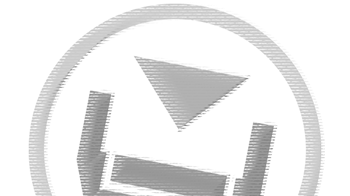What is the KonMari Method of Decluttering?
If you have been searching for easy decluttering methods and techniques you can use to downsize the possessions crowding up your home, you will want to look into the KonMari method. This effective decluttering technique is a little different from most in that it is not so much “rule-based.” It is more subjective in nature, […]
If you have been searching for easy decluttering methods and techniques you can use to downsize the possessions crowding up your home, you will want to look into the KonMari method. This effective decluttering technique is a little different from most in that it is not so much “rule-based.” It is more subjective in nature, and focuses more on how items make you feel than how much you use them.
This method was developed by Marie Kondo, a Japanese organizing consultant famous for her book The Life-Changing Magic of Tidying Up: The Japanese Art of Decluttering and Organizing.
Rather than throwing away items if you do not use them within 90 days or half a year or so on, Kondo instead suggests you do the following. Simply pick up one item at a time and ask yourself the same question about each:
“Does this item spark joy for me?”
The actual word that Kondo uses in her book is “tokimeku,” which translates to something along the lines of “flutter/throb/palpitate.”
Basically, if it still makes your heart skip a beat, literally or figuratively, and captures your imagination in some way, it is an item worth keeping—even if someone else might think it is useless. If it does not, it may be time to pass it on to someone else who is able to find joy in it as you once did.
Here is what makes this Japanese method for decluttering effective:
• You can actually use it for keepsakes, knickknacks, and decorative items. A lot of other decluttering methods do not work for these, because you do not “use” those items, and those methods require you to toss items you are not actively “using.” This method gives you a way to assess the value of items which are not “practical.”
• Value is attributed in a different fashion through this method. Again, the emphasis is not merely on functionality. Or perhaps we can state it this way: the KonMari method acknowledges that the function of some objects is simply to make you happy. In a way, this makes KonMari a more personalized technique. Different items make different people happy. Value is attributed individually.
• Through the KonMari method, we gain a better understanding of what lights up our lives and brings joy into our homes and hearts.
• This method leaves room for the role of stewardship. Other decluttering methods focus solely on what our objects do for us. This method also emphasizes that we may keep some items out of a duty of care (precious heirlooms and so on). We may not “use” them, but they may spark joy in us.
If other techniques for decluttering and organizing have not been working for you, consider giving the KonMari method a try. It is a lot more flexible and subjective, and can be used for items that other decluttering methods are not a good fit for. If you have not been achieving results with those methods, you may find that KonMari works better for your lifestyle, possessions and personality.


Comments are closed.